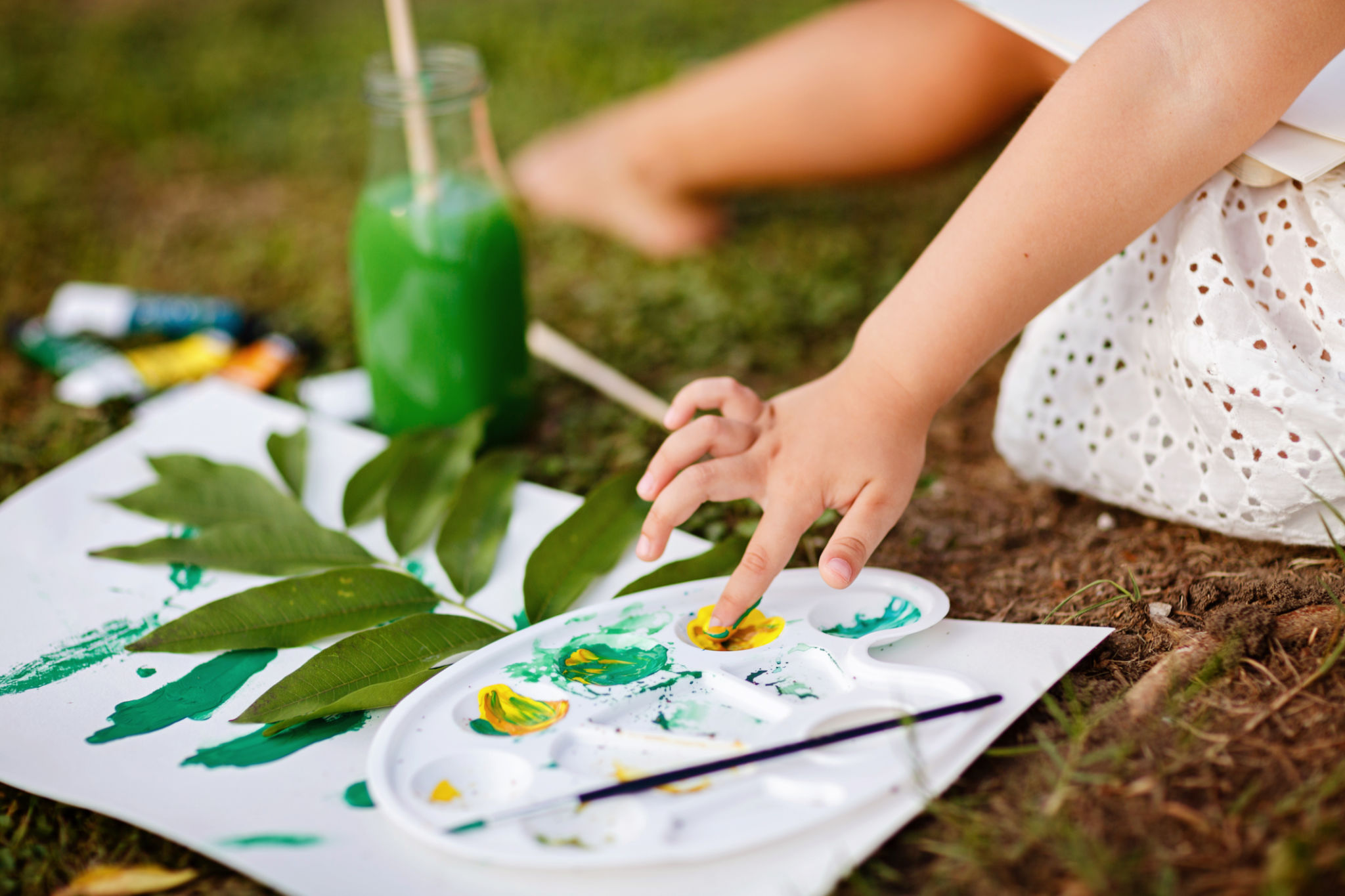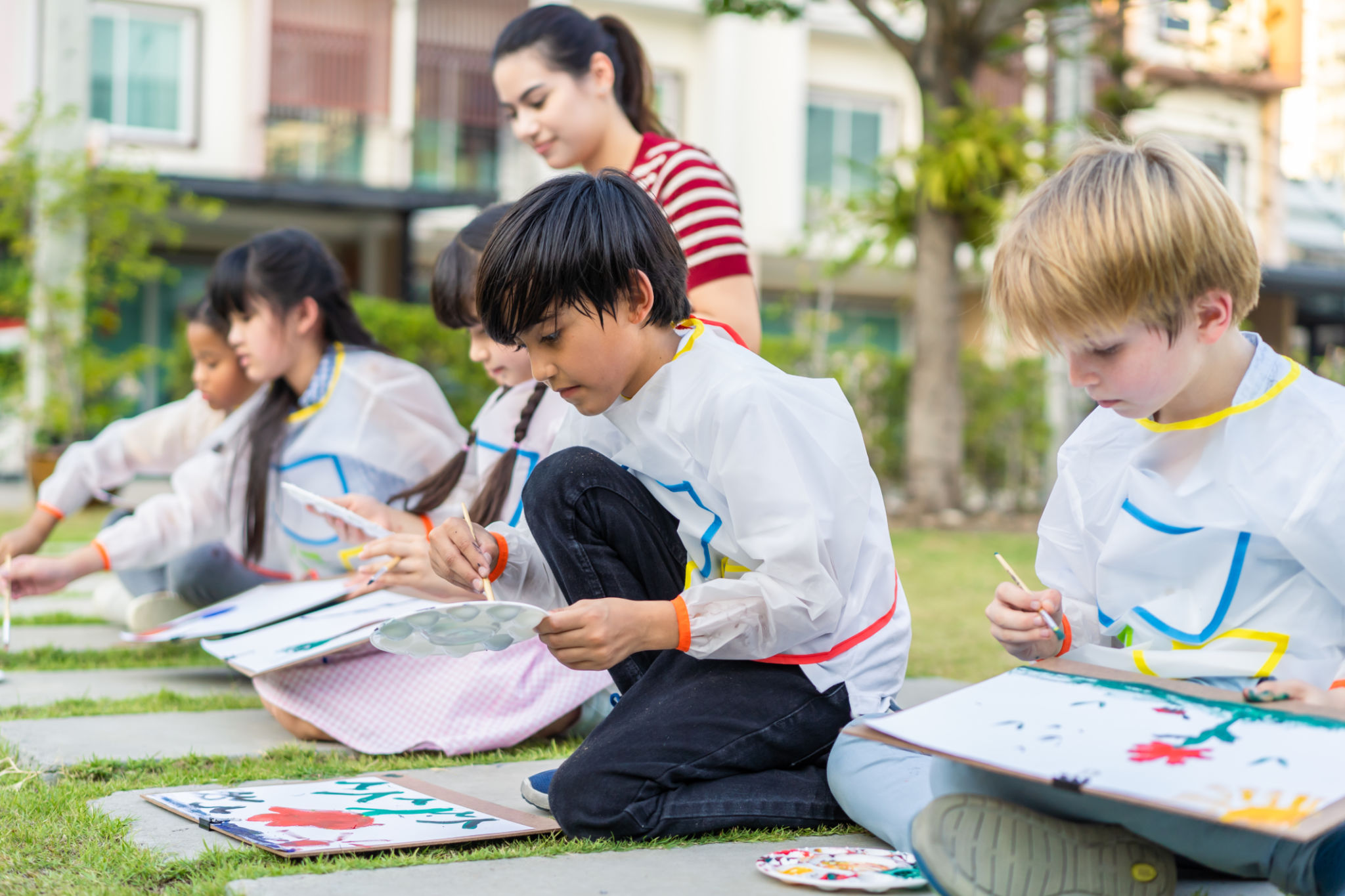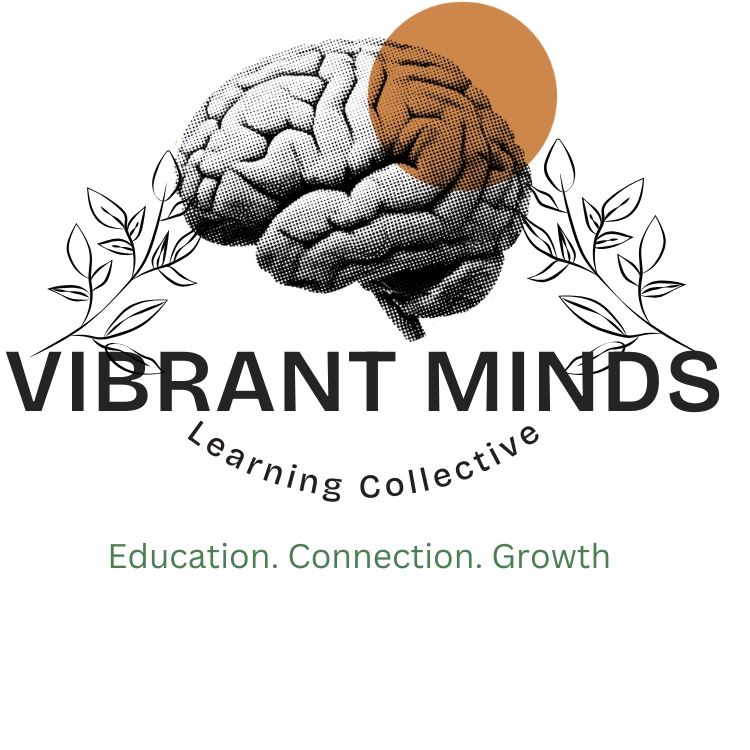Art and Nature-Based Learning: Fostering Creativity and Connection
The Intersection of Art and Nature-Based Learning
In recent years, there has been a growing interest in integrating art and nature-based learning in educational settings. This approach combines the creative expression of art with the immersive experiences offered by nature, fostering both creativity and a deeper connection to the environment. By engaging in activities that blend these two elements, learners can enhance their problem-solving skills, critical thinking, and emotional intelligence.

The Benefits of Art in Education
Art has long been recognized as a vital component of a well-rounded education. It encourages self-expression, boosts confidence, and promotes an understanding of different perspectives. Through art, students can explore their creativity without the fear of making mistakes, which is crucial for developing innovative thinking.
Moreover, art helps to develop fine motor skills, improve focus, and enhance cognitive abilities. When students engage in art projects that incorporate natural materials or themes, they not only refine their artistic skills but also develop a deeper appreciation for the world around them.
Nature-Based Learning: A Pathway to Environmental Awareness
Nature-based learning involves educational activities that take place in natural settings or utilize natural elements as teaching tools. This approach encourages students to engage with their environment directly, fostering a sense of stewardship and responsibility for the planet. Studies have shown that spending time in nature can reduce stress, improve mood, and boost overall well-being.

By combining nature-based learning with art, educators can create unique opportunities for students to observe and interpret the natural world through a creative lens. This combination can lead to a more profound understanding of ecological systems and inspire learners to protect the environment.
Implementing Art and Nature-Based Learning in the Classroom
Teachers looking to implement art and nature-based learning can begin by incorporating simple activities such as outdoor sketching sessions or using natural materials like leaves and stones in art projects. These activities not only stimulate creativity but also encourage students to explore their surroundings actively.
- Organize nature walks where students collect natural items for art projects.
- Encourage journaling or poetry writing inspired by outdoor experiences.
- Create collaborative art pieces that reflect environmental themes.

The Role of Technology in Enhancing Learning
While traditional methods are invaluable, technology can also play a significant role in art and nature-based learning. Digital tools can help students document their outdoor experiences through photography or video, allowing them to create digital art projects that combine elements of nature with modern techniques.
Online platforms provide access to a wealth of resources and inspiration for projects that merge art and nature. By integrating technology thoughtfully, educators can expand the possibilities for students to express their creativity while maintaining a strong connection to the natural world.
Encouraging Lifelong Creativity and Connection
By embracing art and nature-based learning, educators equip students with essential skills for the future. This approach not only nurtures creativity but also fosters a lifelong appreciation for the environment. As students learn to see the beauty and value in both art and nature, they grow into individuals who are more connected to themselves, others, and the world around them.
Ultimately, integrating these elements into education cultivates a more holistic learning experience, where creativity and connection flourish. By doing so, we prepare future generations to face global challenges with empathy, innovation, and a deep respect for the planet.
